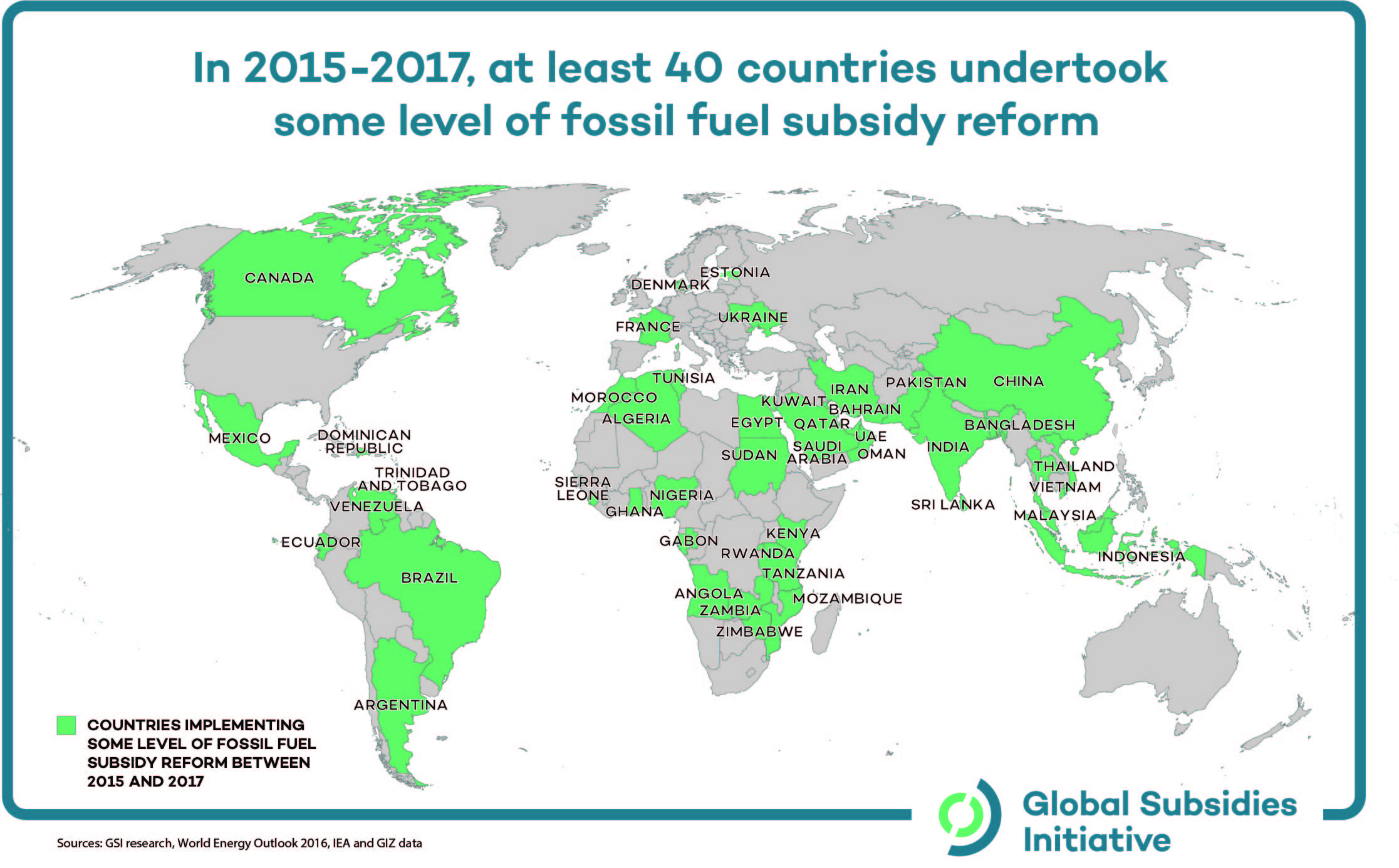The message is clear. The latest report from the Intergovernmental Panel on Climate Change (IPCC) about the current ambition under the Paris Agreement and Nationally Determined Contributions (NDCs) says the world isn’t doing enough and isn’t doing it fast enough:
Pathways reflecting these ambitions would not limit global warming to 1.5°C, even if supplemented by very challenging increases in the scale and ambition of emissions reductions after 2030 (high confidence). Avoiding overshoot and reliance on future large-scale deployment of carbon dioxide removal (CDR) can only be achieved if global CO2 emissions start to decline well before 2030 (high confidence). (Summary for Policy Makers, p. 24)
To stand a chance of limiting warming to 1.5 degrees, we need a systems change, and we need it fast. By 2030, global emissions need to decline by about 45 per cent from 2010 levels. Waiting means we will have a high overshoot above 1.5°C, with dangerous consequences.
Limiting the risks from global warming of 1.5°C in the context of sustainable development and poverty eradication implies system transitions that can be enabled by an increase of adaptation and mitigation investments, policy instruments, the acceleration of technological innovation and behaviour changes (high confidence). (Summary for Policy Makers, p. 29)
The global energy system plays a pivotal role. In all scenarios, fossil fuels need to be dramatically reduced. Scenarios show the importance of removing emissions from fossil fuels and industry . This is much higher than the smaller contributions of bioenergy with carbon capture and storage and removals in agriculture, forestry and other land use (see p.19 of the Summary for Policy Makers).
Fiscal policies are another important piece of the puzzle. The IPCC report explains how no single policy, including carbon pricing or fossil fuel subsidy reform (FFSR), will work alone. But fiscal policies such as FFSR or taxation would create the necessary enabling environment (“lubricant”) for other low-carbon policies to take off. The IPCC report highlighted carbon pricing, fossil fuel taxation and FFSR to reduce emissions in Chapter 4, Strengthening and Implementing the Global Response. This includes shifting the finance, putting in place the policies to direct the shift and encouraging populations to respond: low-carbon energy and energy efficiency need to increase.
At the moment, we are still headed in the wrong direction on too many fronts. Research from the International Energy Agency (IEA) estimated that, in 2014, 13 per cent of energy-related carbon dioxide emissions came from subsidized fossil fuels. For these emissions, governments are paying the equivalent of USD 115 per tonne of carbon dioxide emitted in subsidies! This is the opposite of a carbon tax and the equivalent of paying people to smoke. The IPCC report included that “in 2016 only 15% of global emissions are covered by carbon pricing, three-quarters of which prices below 10 USD tCO2-1 (World Bank, 2016)” (p. 92). Work from the International Monetary Fund (IMF) is also cited regarding fossil fuel subsidies: “Estimated at 650 billion USD in 2015 (Coady et al., 2017), they represent 25–30% of government revenues in forty (mostly developing) countries (IEA, 2014b)”. (Chapter 4, p.92)
It’s time to turn around quickly. Removing subsidies and taxing carbon can go a long way. Research from earlier this year shows how FFSR, could deliver carbon emission reductions of between 0.5 and 2 Gt, or between 1 and 4 per cent, globally by 2030. This is around a quarter of the combined effort currently proposed by countries for emissions reductions from fossil fuels and industry as part of the Paris Agreement. Like the IMF, this research also found that, without reform, fossil fuel subsidies would reach between USD 550 billion and 970 billion in 2030, or 1 per cent of world GDP. This is a huge lost opportunity for governments. Governments can save money and reduce emissions by removing subsidies to fossil fuels.
Many countries are indeed reforming subsidies. There is an opportunity to include FFSR in the next round of NDCs to increase ambition. Currently only 9 per cent of NDCs include FFSR or energy pricing.
In the short term, there are emissions reductions and budgetary savings from removing subsidies or increasing taxes on fossil fuels. At the same time, governments need to shift energy policy and direction toward low-carbon energy pathways. Recent work by the Global Subsidies Initiative of IISD has shown how reforming subsidies to fossil fuels can enable a switch to renewable energy to get onto a different energy path. Shifting funds saved from FFSR into renewables, energy efficiency and public transport can accelerate the energy transition, for example in India (with a shift from kerosene subsidies to solar ones), Indonesia (between coal and renewables), Morocco (from gas to solar), Bangladesh (toward solar power and safety nets) and Zambia (reforms alongside industrial energy efficiency). Indeed, any country reforming subsidies to fossil fuels could make this swap.
With a big focus on shifting investments toward adaptation and mitigation, governments could start with where they have the most control and where they can benefit most from savings. Actively changing policy and directing those energy subsidies away from fossil fuels and toward sustainable energy could shift us onto energy pathways consistent with staying within 1.5°C.
The question is: what are we waiting for?
- The IPCC report is available to download here.
- More information on the climate impacts of fossil fuel subsidies is available on producer subsidies here and on consumer subsidies here.
